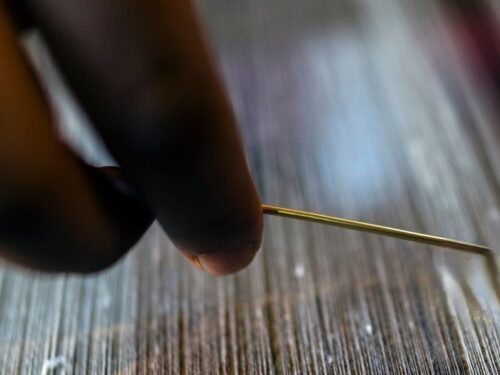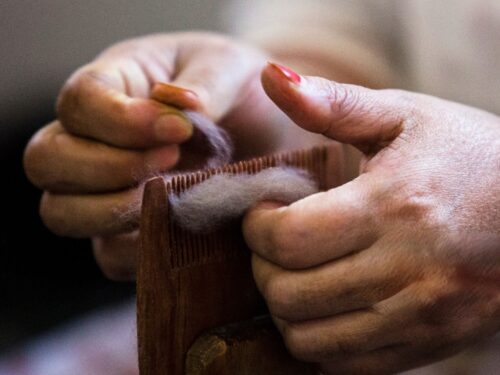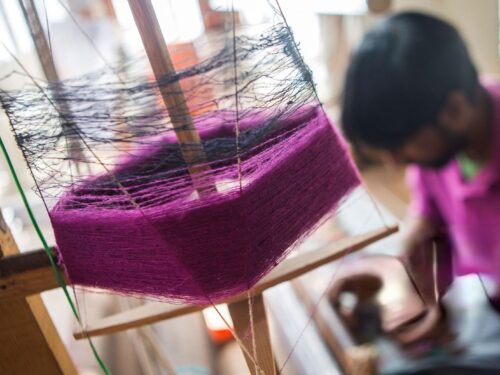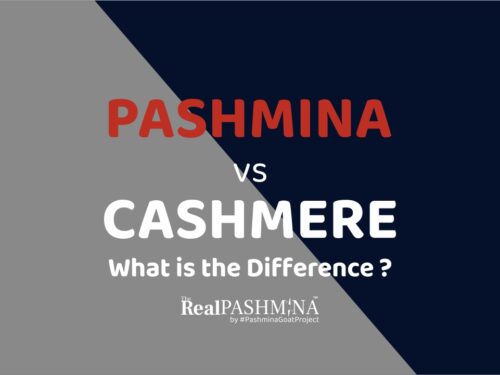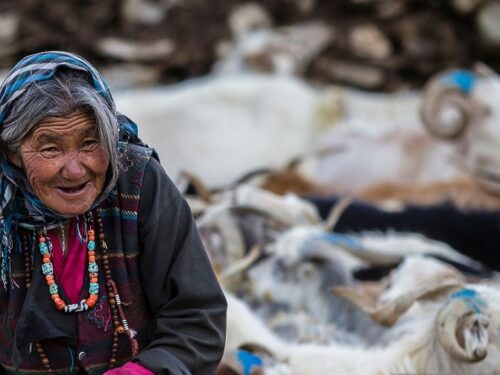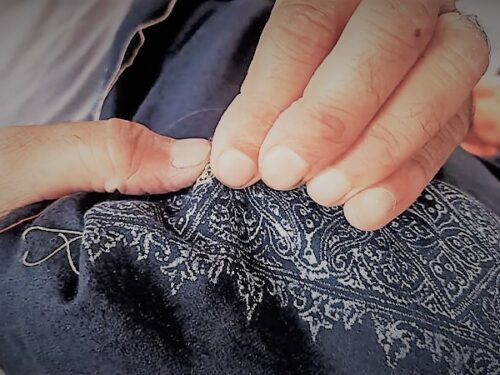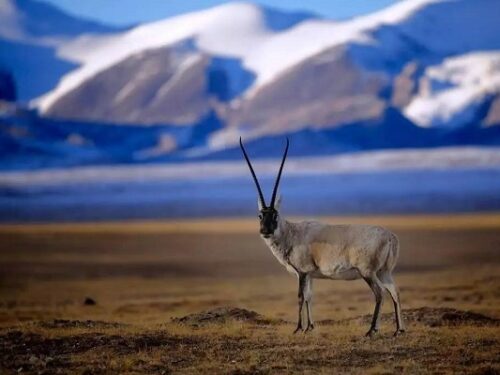
Cashmere is Made mostly on machines, also called powerlooms.
Cashmere is a fiber that is obtained from the soft undercoat hairs of cashmere goats. The process of making cashmere involves several steps, including:
Shearing: Cashmere goats are typically sheared in the spring or early summer, when their winter coat has grown out. The goats are carefully sheared by skilled shearers to remove the long coarse outer guard hairs and collect the soft, fine undercoat hairs that are used to make cashmere.
Sorting and Grading: After shearing, the collected cashmere fibers are sorted and graded based on their quality. This process involves separating the cashmere fibers from any coarse guard hairs, dirt, or other impurities. The finest, softest, and longest cashmere fibers are considered the highest grade, while shorter or coarser fibers are classified as lower grade.
Cleaning: The sorted cashmere fibers are then thoroughly cleaned to remove any remaining impurities, such as dirt, grease, or vegetable matter. This process may involve washing the fibers in water or using mechanical methods such as carding or combing to remove the impurities.
Machine Spinning: Once the cashmere fibers are clean, they are spun into yarns using spinning machines or traditional hand spinning techniques. This process involves twisting the fibers together to create a continuous strand of yarn.
Machine Dyeing (Optional): Cashmere yarns can be left undyed to showcase their natural color, which can range from white, beige, brown, to gray. However, cashmere yarns can also be dyed into a wide range of colors to suit different design preferences and fashion trends. Dyeing is usually done using natural or synthetic dyes, and it may occur before or after the spinning process.
Machine Weaving or Knitting: Cashmere yarns are then used to create fabric through weaving or knitting techniques. Weaving involves interlacing the yarns together to create a fabric with a pattern, while knitting involves creating loops with the yarns to create a fabric with stretch and flexibility.
Finishing: After the fabric is woven or knitted, it goes through a finishing process, which may involve processes such as washing, blocking, and pressing to achieve the desired softness, drape, and texture of the cashmere fabric.
Quality Control: Throughout the entire cashmere production process, strict quality control measures are implemented to ensure that the final product meets the highest standards of softness, warmth, and durability associated with cashmere.
It’s worth noting that the process of making cashmere can vary depending on the region, tradition, and production scale. Some traditional cashmere production methods may still involve hand-crafting techniques, while larger-scale commercial production may use more modern machinery. However, the key steps of shearing, sorting, cleaning, spinning, weaving/knitting, and finishing remain fundamental to the cashmere production process.
Recent post
The Real Pashmina is an Industry Aggregator bringing Global Sellers (Artisans, Brands, Stores) & Buyers (Retail & Wholesale) of Real Pashmina & Cashmere on One Market.
Pashmina Goat Project is the Official Knowledge Partner to this Platform for Standards, Quality, Sustainability & Ethics.

